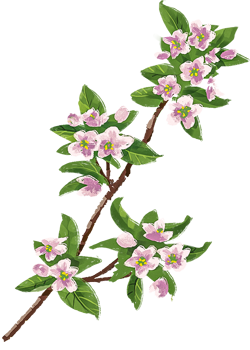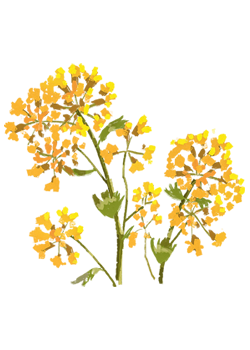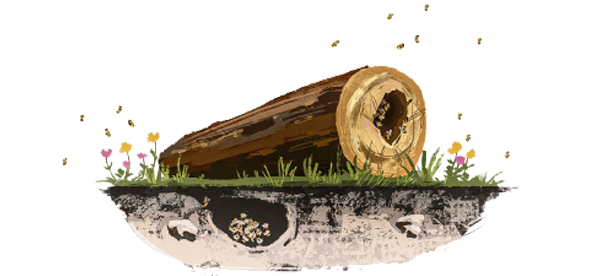
5 x
The interaction between wild and honey bees increases the pollination efficiency of honey bees in hybrid sunflowers by up to five times.
Source: Sarah S. Greenleaf, Claire Kremen, in PNAS.
The importance of bees for human nutrition
57
animal species are recognised as important pollinators for the world’s food crops; these are mainly bees.
Source: Klein et alii, Proceedings of the royal society.
10 %
decrease in crop production value in the EU 25 would result from the loss of insect pollination.
Source: Galai et al, Ecological economics, 68-3.
$232 billion
is the estimated monetary value of pollinating insects’ contribution to the global agricultural sector.
Source: Galai et al, Ecological economics, 68-3.
35 %
of global agricultural production depends on pollinators.
Source: Klein et alii, Proceedings of the royal society.
Indispensable in four areas:

Fruit growing
3.4 million ha
in Europe in 2017
(Eurostat)

Oilseeds and protein crops
5.23 million ha
rapeseed in the EU
(2021, Reuters)

Vegetables
2.2 million ha
in Europe in 2017
(Eurostat)

Seed
production
113 055 ha
field seed production
for oilseed plants
in the EU
(2021, Escaa)
The biggest and the smallest bee in the world
Megachile pluto (Indonesia), 63.5mm wingspan.
![]()
Perdita minima (USA), 2mm long.
Why are bees such efficient pollinators?
1 Nutrition
Their diet consists mainly of nectar and pollen: They are therefore more dependent on flowers than other animals and must visit more flowers.
2 Hairiness
Their branched hairs act like “combs” on plant stamens and can hold thousands of pollen grains in place.
3 Viability of pollen
The pollen held by the hair can remain viable for several days, which increases the genetic diversity of pollination due to the large number of flowers visited in the meantime.
4 Fidelity to one kind
Pollen from other plant species placed on the stigma can decrease pollination efficiency; however, bees remain true to one type of plant when collecting.
Source: Les abeilles, des ouvrières agricoles à protéger, Éditions France Agricole.
Wild bees: Important pollinators too

The scientific hypothesis: Since the pollen grains collected by honey bees are carried in their pollen baskets with the help of nectar or saliva, they are less available for pollination. In contrast, pollen transport by wild bees takes place over the entire hair.

Wild bees prefer to collect in permanent grassland, fields and roadsides. 80% of wild bees nest in the ground. The remaining 20% dig their nests in dead wood, use natural niches or take advantage of other bees’ habitats.
Source: Les abeilles, des ouvrières agricoles à protéger, Éditions France Agricole.

A 2013 study found 41 cultivation systems around the world in which visiting wild insects improved fruit set. In some cases (apples and tomatoes) it doubled yields.
Source: Garibaldi L. A. et al., 2013. Wild Pollinators Enhance Fruit Set of Crops Regardless of Honey Bee Abundance, Science.

